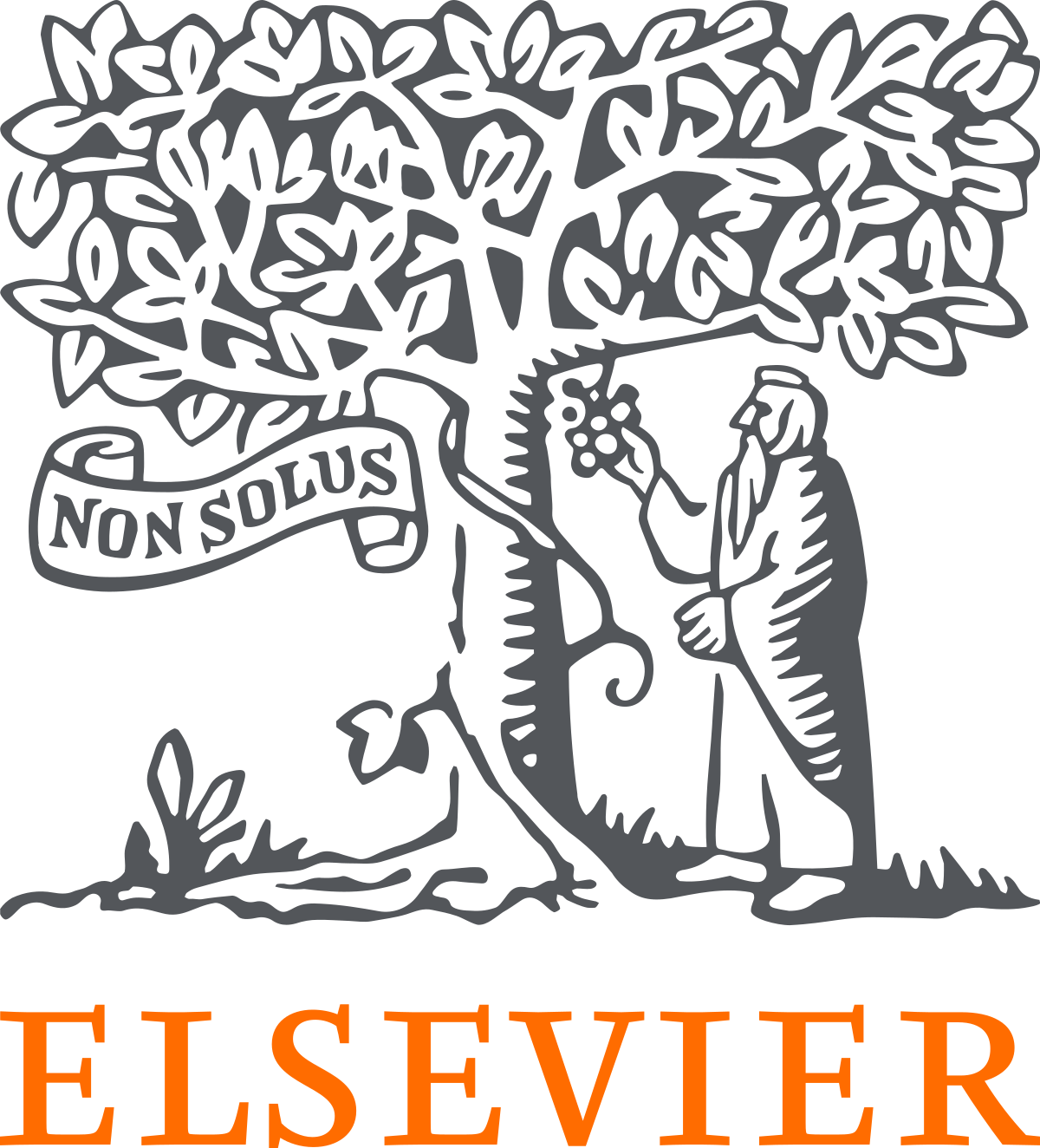

عنوان فارسی مقاله: برنامه ناظر وضعيت فاصله برای سیستمهای متفاوت غیرخطی زمان عنوان انگلیسی مقاله: Interval State Observer for Nonlinear Time Varying Systems رشته های مرتبط: مهندسی صنایع، تحلیل سیستم ها و بهینه سازی سیستم ها فرمت مقالات مقالات انگلیسی و ترجمه های فارسی با فرمت PDF میباشند کیفیت ترجمه کیفیت ترجمه این مقاله عالی می باشد
بخشی از ترجمه فارسی مقاله:
چکیده
این مقاله به طراحی برنامه ناظران فاصله براي سیستمهاي متغیر خطی زمان (LTV) و يك گروه از سیستمهاي متغیر غيرخطی زمان در شکل استاندارد خروجی اختصاص داده شده است. اگر محاسبه سود بدست آمده ناظر براي برآورد همكاري و ثبات پویایی خطا محتمل باشد. طراحي ناظر فاصله امکانپذیر است. نشان داده شده است که تحت برخی شرایط آرام همكاري يك سیستم LTV میتواند با یک تبدیل خطی استاتیک مختصات تضمین شود. بهرهوری از روش پیشنهادی از طریق شبیه سازی عددی نشان داده شده است.
۱٫ مقدمه
مسئله برآورد بردار وضعيت غيرقابل اندازهگيري بسیار قابل بحث است و راهحل آن مد نظر بسیاری از برنامه های کاربردی است. در برخی از مواقع به علت وجود عدم قطعیت (پارامتری و يا سیگنال) طراحی برآوردگر ذرات نقطهاي استاندارد ، مورد توجه در حالت بدون صدا براي مقدار ایده آل وضعيت، امکانپذیر نیست.
با این حال، یک برآورد فاصله امکان پذیر باقی ميماند. با برآورد فاصله و یا مجموعه عضو، ما به ناظری دست مییابیم که با استفاده از اطلاعات ورودی و خروجی، تقریب بیرونی مجموعهای از مقادیر (فاصله) قابل قبول را برای برای وضعیتی در هر لحظه از زمان محاسبه مینماید. گروه دیگری از برنامههای کاربردی به طور مستقیم به ارزیابی مجموعهای از مقادیر قابل قبول برای وضعیت یک سیستم نامشخص میپردازند (که می تواند هدف برآورد در برخی از سیستمهای تشخیص گسل، در زیست شناسی یا شیمی باشد)، برنامه ناظران فاصله به عنوان یکی راه حلهای این مسئله پیشنهاد شدهاند.
روشهای متعددی برای طراحی ناظران فاصله وجود دارد. این مقاله چارچوب طراحی ناظر فاصله را بر اساس تئوری سیستم یکنواخت دنبال مینماید. این رویکرد به تازگی برای سیستمهای غیرخطی با استفاده از نمایش متغیر پارامتر خطی (LPV) با ماتریسهای کوچک و بزرگ شناخته شده و برای سیستمهای غیرخطی قابلمشاهده شرح و بسط داده شده است. یکی از پیچیدهترین فرضیات طراحی برنامه ناظر فاصله، با پرداختن به همکاری پویایی برآورد خطا فاصله، در بخشهای ۱۰ و ۱۶ تا حدی حل شده است. نشان داده شده است که تحت برخی از شرایط آرام استفاده از تحول شباهت، یک ماتریس هورویتز می تواند به ماتریسهای هورویتز و متزلر تبدیل شود(همکاری).ماتریس تحول یک راه حل معادله سیلوستر است، یک روش مفید برای محاسبه این راه حل در بخش [۱۶] آورده شده است.
هدف از این کار توسعه رویکرد طراحی ناظر فاصله برای سیستمهایب با ماتریسهای غیرثابت وابسته به سیگنالهای ورودی خروجی قابل اندازهگیری و زمان است. به منظور حل این مشکل یک بخش پیوست از شکل نتیجه [۱۶] ارائه شده است، که امکان محاسبه ماتریس ثابت تحول شباهت را با نمایش یک فاصله زمانی معین در فاصله ماتریس متزلر فراهم میآورد. این نتیجه را میتوان برای طراحی ناظران فاصله برای سیستمهای LPV با بردار اندازهگیری پارامترهای برنامهریزی و یا سیستم LTV مورد استفاده قرار داد که اساس تازگی کار است. دو نمونه از چنین سیستمهایی در این مقاله در نظر گرفته شده است: سیستم LTV و مدل بینظم لورنز (به عنوان یک سیستم غیرخطی در خروجی استاندارد).
این مقاله به شرح زیر میباشد. برخی از حقایق اساسی از نظریه تخمین فاصله در بخش۲ داده شده است.نتیجه اصلی در بخش ۳ شرح داده شده است.نمونههایی از شبیه سازی رایانه ای در بخش ۴ ارائه شده است.
بخشی از مقاله انگلیسی:
Abstract
This paper is devoted to design of interval observers for Linear Time Varying (LTV) systems and a class of nonlinear time-varying systems in the output canonical form. An interval observer design is feasible if it is possible to calculate the observer gains making the estimation error dynamics cooperative and stable. It is shown that under some mild conditions the cooperativity of an LTV system can be ensured by a static linear transformation of coordinates. The efficiency of the proposed approach is demonstrated through numerical simulations.
I. INTRODUCTION
The problem of unmeasurable state vector estimation is very challenging and its solution is demanded in many applications [4], [5], [15]. In some situations due to presence of uncertainty (parametric or/and signal) the design of a conventional pointwise estimator, converging in the noise-free case to the ideal value of the state, is not possible. However, an interval estimation remains feasible. By interval or set-membership estimation we understand an observer that, using input-output information, computes an outer-approximation of the set of admissible values (interval) for the state at each instant of time. Another group of applications deals directly with evaluation of the set of admissible values for the state of an uncertain system (it can be the estimation goal in some fault detection systems, in biology or chemistry), the interval observers were proposed as a solution of this problem [6]. There are several approaches to design interval observers [3], [7], [8], [12]. This paper continues the framework of interval observer design based on the monotone system theory [3], [12]. That approach has been recently extended in [17] to nonlinear systems using Linear-Parameter-Varying (LPV) representation with known minorant and majorant matrices, and in [16] for observable nonlinear systems. One of the most complex assumptions for the interval observer design, dealing with cooperativity of the interval estimation error dynamics, was relaxed in [10], [16]. It was shown that under some mild conditions applying similarity transformation, a Hurwitz matrix could be transformed to Hurwitz and Metzler (cooperative). The transformation matrix is a solution of the Sylvester equation, a constructive procedure for this solution calculation was also given in [16]. The objective of this work is to develop the approach of interval observer design to the systems with non-constant matrices dependent on measurable input-output signals and time. In order to solve this problem an extension of the result from [16] is presented, that allows us to calculate a constant similarity transformation matrix representing a given interval of matrices to an interval of Metzler matrices. This result can be used to design interval observers for LPV systems with measurable vector of scheduling parameters [11], [18], [20] or LTV systems, that is the main novelty of the work. Two examples of such systems are considered in this work: LTV system and the Lorenz chaotic model (as a nonlinear system in the output canonical form)

دیدگاه خود را ثبت کنید